|
| |
|
Bring Home the Memories
by Bob Brooke
Whether it’s a pair of wooden shoes
from Amsterdam, a beach blanket from Rio de Janeiro, or a silk scarf
from Paris, holiday makers over the years have filled their luggage—and
their homes----with souvenirs from their travels around the world.
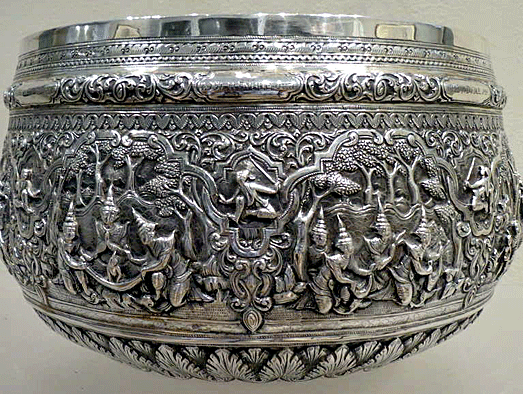
It turns out that the tradition of collecting travel keepsakes dates as
far back as 980 B.C.E. Archaeologists in Ireland discovered amber beads
from Scandinavia, believed to be the very first souvenirs. Before there
were souvenir shops and mass-produced curios, early travelers chipped
off their own piece of the Plymouth Rock with a hammer left there for
the purpose, or begged a clipping of hair from a famous figure.
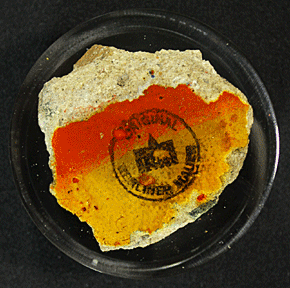 While
today’s travelers collect ‘I Love New York’ T-shirts or tiny replicas of
Paris' Eiffel Tower, the first mass-produced souvenirs were pilgrim
badges from shrines across Europe in 1400 A.D. While
today’s travelers collect ‘I Love New York’ T-shirts or tiny replicas of
Paris' Eiffel Tower, the first mass-produced souvenirs were pilgrim
badges from shrines across Europe in 1400 A.D.
Tourists have purchased pieces of the Berlin Wall and taken fragments of
George Washington's home at Mount Vernon. Yet the stories attached to
them and the obvious significance they had to their previous owners
reflect the need to make a personal connection with history.
What is a Souvenir?
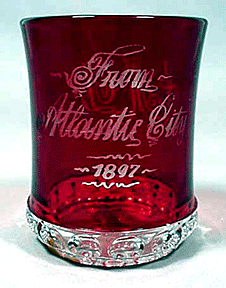 A
souvenir—from the French for a remembrance or memory, memento, keepsake,
or token of remembrance is an object a person acquires for the memories
the owner associates with it. A souvenir can be any object that can be
collected or purchased and transported home by the traveler as a memento
of a visit. The object itself may have intrinsic value, or simply be a
symbol of a past experience. A
souvenir—from the French for a remembrance or memory, memento, keepsake,
or token of remembrance is an object a person acquires for the memories
the owner associates with it. A souvenir can be any object that can be
collected or purchased and transported home by the traveler as a memento
of a visit. The object itself may have intrinsic value, or simply be a
symbol of a past experience.
Souvenirs allow visitors to take with them a memento of their visit.
Souvenirs often include mass-produced merchandise—postcards,
refrigerator magnets, miniature figures, mugs, bowls, plates, ashtrays,
egg timers, spoons, and notepads. They can also include
non-mass-produced items like folk art, local artisan handicrafts,
objects that represent the traditions and culture of a region. But they
can also include found objects, such as rocks, seashells, even plants.
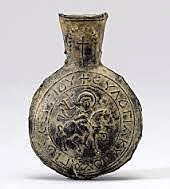 In
Japan, souvenirs are known as omiyage, and are frequently selected from
meibutsu, or products associated with a particular region. Bringing back
omiyage from trips to co-workers and families is a social obligation,
and can be considered a form of apology for the traveler's absence. In
Japan, souvenirs are known as omiyage, and are frequently selected from
meibutsu, or products associated with a particular region. Bringing back
omiyage from trips to co-workers and families is a social obligation,
and can be considered a form of apology for the traveler's absence.
As long as people have visited distant places, they have collected
tokens of their travels
Vendors have sold souvenirs at popular tourist sites since the 14th
century. Travelers on pilgrimages purchased trinkets and collected found
items to keep a record of the journeys they made to holy places.
The Earliest Souvenir Collectors
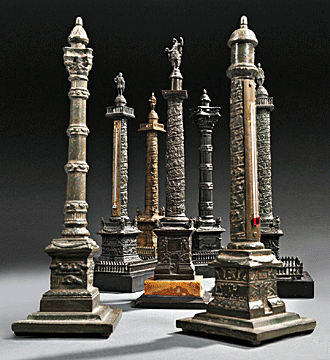 The
earliest vacationers were those wealthy enough to travel for extended
periods of time. In the late 17th and throughout the 18th century, the
Grand Tour was the ultimate European excursion. The itinerary, which
typically lasted a year or more, included lengthy stops in England,
France, and Italy. Travelers returned with a variety of paintings,
prints, and miniature monuments to proudly display in their homes. For
those who couldn’t afford the extravagant trip, international fairs and
expositions brought the world to them. Since the first World’s Fair held
in London in 1851, hundreds of millions of people have flocked from all
over the world to attend these exciting events, which introduced new
technologies to the world. Spectators enjoyed acquiring a variety of
keepsakes to remember fairs, such as glassware and souvenir spoons. The
earliest vacationers were those wealthy enough to travel for extended
periods of time. In the late 17th and throughout the 18th century, the
Grand Tour was the ultimate European excursion. The itinerary, which
typically lasted a year or more, included lengthy stops in England,
France, and Italy. Travelers returned with a variety of paintings,
prints, and miniature monuments to proudly display in their homes. For
those who couldn’t afford the extravagant trip, international fairs and
expositions brought the world to them. Since the first World’s Fair held
in London in 1851, hundreds of millions of people have flocked from all
over the world to attend these exciting events, which introduced new
technologies to the world. Spectators enjoyed acquiring a variety of
keepsakes to remember fairs, such as glassware and souvenir spoons.
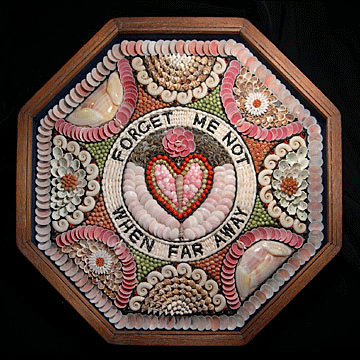 As
travel on steamships and railroads became more affordable during the
late 19th century, a growing middle class began to take vacations.
Tourists traveled to cities, seaside, mountain and desert resorts, where
they purchased everything from indigenous crafts to ashtrays and
collected matchbooks from hotels. Sailors’ valentines, transfer ware,
ruby-stained glass, heraldic china are some of the more popular
Victorian antiques. In later decades, the automobile and the airplane
allowed greater access to remote areas. As
travel on steamships and railroads became more affordable during the
late 19th century, a growing middle class began to take vacations.
Tourists traveled to cities, seaside, mountain and desert resorts, where
they purchased everything from indigenous crafts to ashtrays and
collected matchbooks from hotels. Sailors’ valentines, transfer ware,
ruby-stained glass, heraldic china are some of the more popular
Victorian antiques. In later decades, the automobile and the airplane
allowed greater access to remote areas.
Spoon collecting swept through the U.S. in the mid-19th century just
before the souvenir boom from 1870 to 1960 as traveling became more
affordable and the industry for inexpensive mementos flourished.
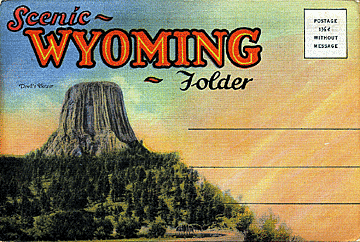 From
the late 1800s to the 1930s, transfer-printed souvenir ceramics, which
displayed an infinite number of destinations, historic sites, and
commemorative events, enjoyed a golden age. Small paintings, souvenir
picture books, and stereographs also served to remind travelers of their
excursions. The picture postcard became popular in the 1890s. Following
World War II, snow globes and other mass-produced items became
commonplace at souvenir stands. From
the late 1800s to the 1930s, transfer-printed souvenir ceramics, which
displayed an infinite number of destinations, historic sites, and
commemorative events, enjoyed a golden age. Small paintings, souvenir
picture books, and stereographs also served to remind travelers of their
excursions. The picture postcard became popular in the 1890s. Following
World War II, snow globes and other mass-produced items became
commonplace at souvenir stands.
Ceramic Pictorial Souvenirs
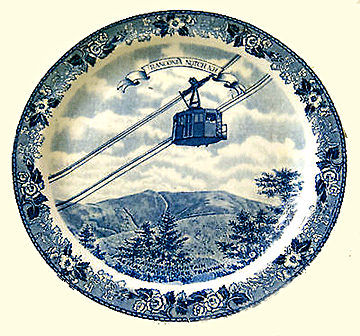 Souvenirs
allow people to reminisce about their travel experiences long after
they’ve ended. And nothing did that better than ceramic pictorial
souvenirs on earthenware and porcelain. This category of pictorial
souvenirs is second in size only to postcards. While the English made
most of the earthenware souvenirs for American consumption, those
produced on porcelain, at least those from before World War II,
generally came from central Europe: Germany, Austria and Czechoslovakia. Souvenirs
allow people to reminisce about their travel experiences long after
they’ve ended. And nothing did that better than ceramic pictorial
souvenirs on earthenware and porcelain. This category of pictorial
souvenirs is second in size only to postcards. While the English made
most of the earthenware souvenirs for American consumption, those
produced on porcelain, at least those from before World War II,
generally came from central Europe: Germany, Austria and Czechoslovakia.
C.E. Wheelock, who began business in 1888 in Janesville, Wiscnsin, was
the first to make ceramic pictorial souvenirs in the U.S.. By 1894, he
had moved to South Bend, Indiana, and had incorporated as C.E. Wheelock
& Co. The sales techniques he used to promote his product contributed to
his success. He divided the country into zones and sent out
representatives to seek interest in the sale of souvenirs.
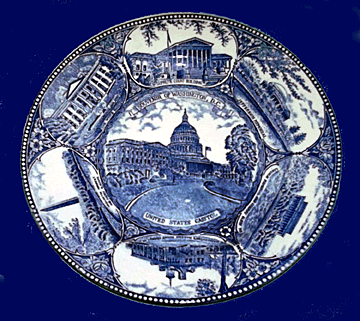 Typically,
merchants would be approached by agents, who encouraged them to pieces
made from postcards available of that town. The merchant decided on a
selection of body types, ranging from plates to cups and saucers to
pitchers and teapots. He and the agent would discuss the style of
decoration and often would decide to include his own firm's name and
address on the piece. Typically,
merchants would be approached by agents, who encouraged them to pieces
made from postcards available of that town. The merchant decided on a
selection of body types, ranging from plates to cups and saucers to
pitchers and teapots. He and the agent would discuss the style of
decoration and often would decide to include his own firm's name and
address on the piece.
The agent would send the order back to the home office. Companies such
as Wheelock’s that distributed the pictorial wares acted as middlemen.
They employed no artists in America, but instead, jobbed out the work to
European potteries. Steel engravings would he made from the postcard
views, then transferred to the bodies. Afterward, artisans handcolored
and gilded each piece. Within about six months, the merchant would be
unpacking a container sent directly from the factory.
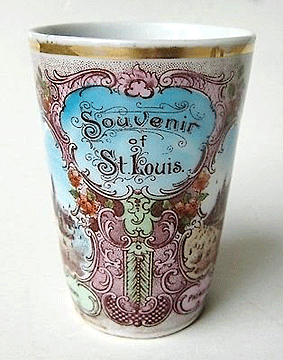 Some
of the factories were small and relatively unknown while others were
famous in their own right. At least 20 different central European
factories produced porcelain pictorial souvenirs, in addition to two
English firms: William Henry Goss, Limited, of Stoke, Staffordshire; and
R.H. & S.L. Plant Limited of Longton, Staffordshire. Some
of the factories were small and relatively unknown while others were
famous in their own right. At least 20 different central European
factories produced porcelain pictorial souvenirs, in addition to two
English firms: William Henry Goss, Limited, of Stoke, Staffordshire; and
R.H. & S.L. Plant Limited of Longton, Staffordshire.
The beginning of World War II, brought an end to the production of these
souvenirs. The war tore apart connections with central European
factories, ties which were never re-established after it. Instead,
importers turned to Japan, for the cheap labor required to make
inexpensive souvenirs. Standards continued to erode, making those pieces
produced from the turn of the 20th century through the 1930s all the
more desirable by collectors.
Fortunately for today’s collectors, there are a number of quality
antique souvenirs available at reasonable prices. Many examples of these
pieces have survived because they were never intended to be used.
Instead, people bought them for decorative purposes only, often giving
them a place of honor in their china cabinets.
< Back to Collecting Archives
Next
Article >
|
|

|
|
FOLLOW MY WEEKLY BLOG
Antiques Q&A
JOIN MY COLLECTION
Antiques and More
on Facebook
LIKE MY FACEBOOK PAGE
The Antiques
Almanac on Facebook |
|
No antiques or collectibles
are sold on this site.
|
|
How to Recognize and
Refinish Antiques for Pleasure and Profit
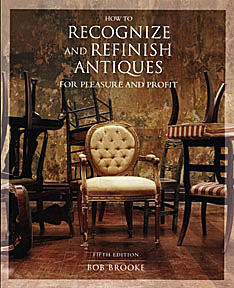
Have
you ever bought an antique or collectible that was less than perfect and
needed some TLC? Bob's new book offers tips and step-by- step
instructions for simple maintenance and restoration of common antiques.
Read an
Excerpt
|
|

|
|
|
|
|
